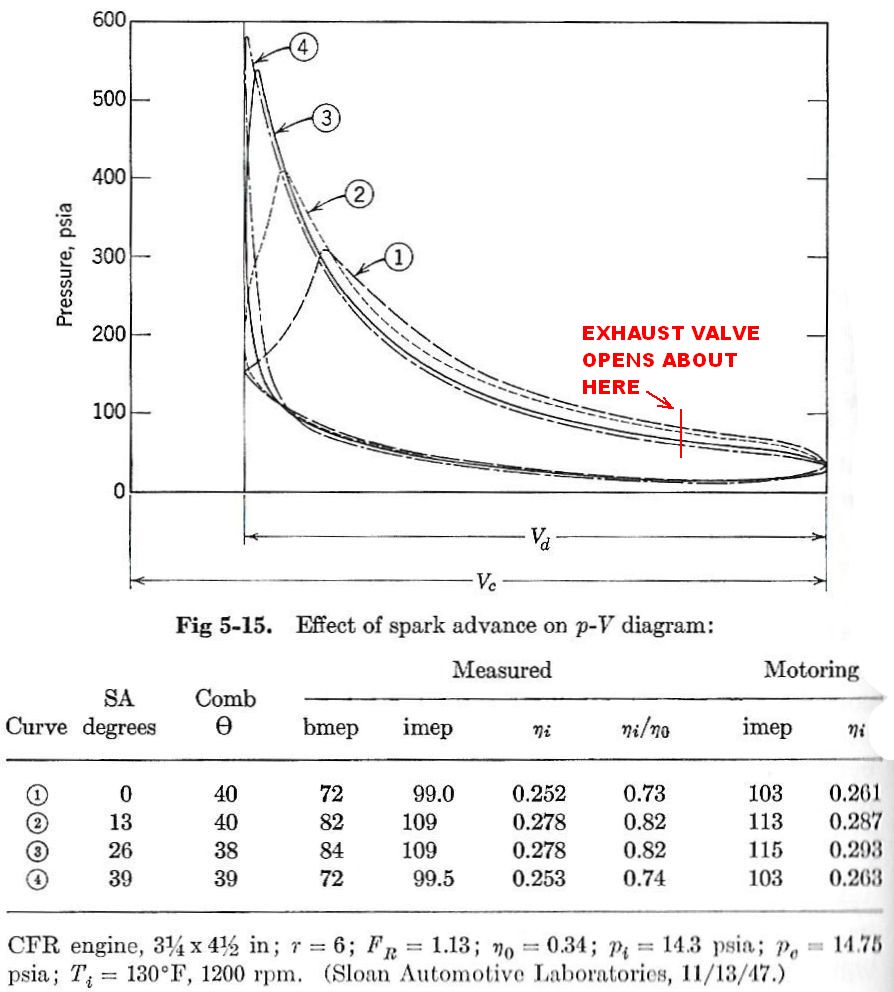I've been doing some work on teh Valkyrie, and had a funny signature a few minutes after take-off the other day. The airplane runs dual P-Mags and auto plugs - very smooth, easy to get LOP, even though it is carbed. I still have what I consider to be the best display of EGT's on any of the EFISes - GRT's plots of EGT versus time (I used to love reading strip chart recorders too .... dating myself!).
So shortly after take-off, I leaned to peak, and as I did this, all four EGT's came together nicely, as they always do. LOP, all was smooth and CHT's started coming down. Then all of a sudden, a few misses - a touch of roughness. I looked down, and EGT #2 had jumped up and out of the pack by almost100 degrees! I had to riches things up to smooth it out, and that meant I was now ROP, and had to go a long ways rich to bring the CHT's down. Teh errant EGT rejoined the pack, but not completely.
I had removesd intake tubes as part of my maintenance work, so immediately suspected a leak - but why it would start inflight was a mystery. The mystery cleared when I took the cowl off and looked at cylinder #2 - the lower plug wire had popped off! The P-Mag automotive plug wires have to be "burped" to make sure you get the air out, and that the metal cap has clicked on to the plug.
Easy to fix - and the EFIS made it easy to know where to look!
So shortly after take-off, I leaned to peak, and as I did this, all four EGT's came together nicely, as they always do. LOP, all was smooth and CHT's started coming down. Then all of a sudden, a few misses - a touch of roughness. I looked down, and EGT #2 had jumped up and out of the pack by almost100 degrees! I had to riches things up to smooth it out, and that meant I was now ROP, and had to go a long ways rich to bring the CHT's down. Teh errant EGT rejoined the pack, but not completely.
I had removesd intake tubes as part of my maintenance work, so immediately suspected a leak - but why it would start inflight was a mystery. The mystery cleared when I took the cowl off and looked at cylinder #2 - the lower plug wire had popped off! The P-Mag automotive plug wires have to be "burped" to make sure you get the air out, and that the metal cap has clicked on to the plug.
Easy to fix - and the EFIS made it easy to know where to look!





